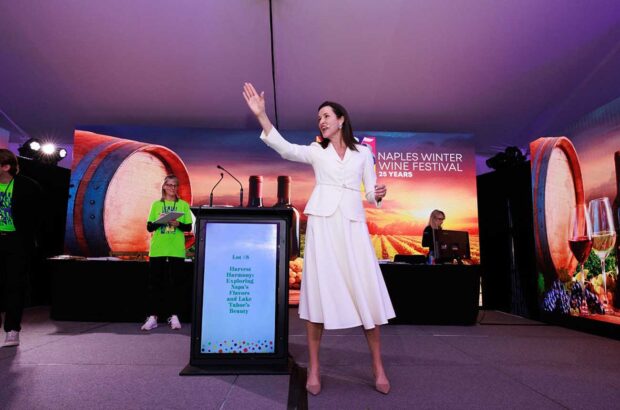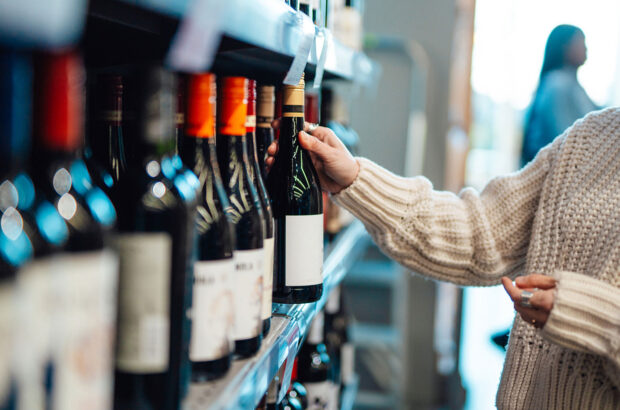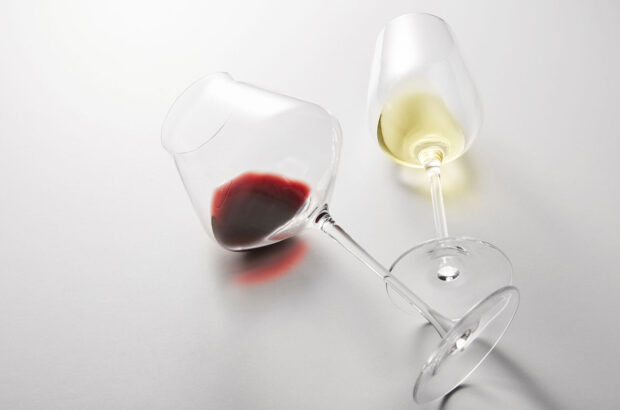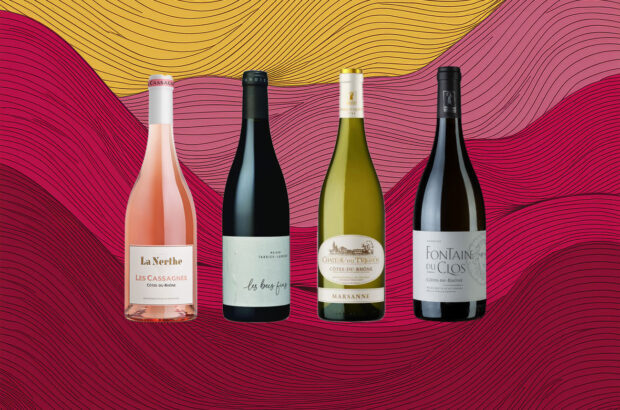Bollinger ChampagneCroft Port For devotees of the Rhône, the name of Jaboulet is held in some affection, it being a flagship producer of the region. So it was with some interest that Decanter readers flocked to hear a family member talk to them for the first time about progress under the estate’s new ownership.
It’s been three years since the estate passed into the hands of Champagne producer and owner of Bordeaux third growth Château La Lagune the Frey family. Internet message boards have been full of chatter about the agenda of the new regime, and Nicolas Jaboulet, a sixth generation of the family which founded the estate in 1834, and one of the few remaining family members active at the estate, as export director, faced a barrage of enquiries. For his part, he said he didn’t want to show ‘a new style’, merely ‘the result of some small changes under the Frey family’.
Why does such a historic flagship estate, with such a glittering histry, feel the need to engage a Bordeaux-based consultant [Denis Dubordieu]? ‘After so long, you don’t always have so much imagination. So you need an outside opinion. La Lagune has had success over 5-6 years with Dubordieu, so Jean-Jacques Frey thought he could do the same at Jaboulet.’
Can you explain the new [higher] pricing policy? ‘Jean-Jacques Frey decided to produce less quantity and higher quality, by replanting old vines. We’ve reduced our quantity by half, so it’s understandable that prices have risen.’
What about the redesign of the historic labels? ‘The Freys wanted to establish Jaboulet as their own company. Some people may be shocked by the new label, but it’s not as if the old label was the only one Jaboulet has ever had. Go back to 1929, and it was different again. The idea now is to show that these are not made from bought-in grapes, but to show the consumer that they are prestigious wines.’
Would the style of La Chapelle change? Jaboulet wouldn’t be drawn. ‘It’s too early to say – vintage conditions in 2006, ‘07 and ‘08 were so different.’
As for the wines, under Dubordieu, Jaboulet has moved from Burgundy to Bordeaux barrels, ‘for added complexity’, and has switched to a pressing of whole grapes for ‘more tannins and minerality’. The Freys have also moved Jaboulet towards a ‘lutte raisonée’ approach, which is to say halfway to organics. Yet decisions in the vineyard remain critical. Jaboulet owns 100ha across various Acs, has added to its portfolio in recent years, and aims to continue to do so. Jaboulet, meanwhile, reflected on the 2004 vintage, when he saw winemakers in the region react to criticism that they were slow to react and picked too late in the record heat of 2003 by picking too early in ‘04. As a result, some of the wines have less structure and colour.
Jaboulet was keen to show a handful of white wines – ‘we have a tradition for white wines’ – and stressed their suitability with Asian food, while the audience held out for the three vintages of the signature wine La Chapelle.
Despite the hot debate, affection for the producer remains the same, as evidenced by the reader who came backstage after the masterclass to plead for an empty bottle of the 1988 La Chapelle as a souvenir of the occasion.
Highlight
While it was a treat – and a great insight – to taste three vintages of La Chapelle, many readers were struck by the individuality, complexity and drinkability of the four whites, which showed an intriguing mixture of rich, round fruit, minerality and acidity.
Surprise
When Jaboulet bought the Limonix site of its ‘Les Cassines’ Condrieu in 1992, the previous owner thought it to be wholly in Marsanne-dominated St-Joseph. But on closer examination, Jaboulet discovered 1ha of the estate was Condrieu, allowing it to plant Viognier there. The first vintage was 2002.
Most hotly debated topic
The new regime. Jaboulet had to field some probing questions as to new styles, prices and labels from an audience which evidently felt a good deal of attachment to the Jaboulet name, and expressed concern over the prospect of any radical changes.
Presenter Quote
‘The Jaboulet cellars were originally used for growing mushrooms. Then they were occupied by the Germans – and later the French – during the second World War. Then they went back to housing mushrooms. We bought them in 1992, and opened them in 2001. They cover 3ha, and are a constant 12˚C.’
TASTING NOTES
WHITE
Crozes Mule Blanc 2005
A 50/50 blend of Marsanne and Rousnne, the former lending structure, the latter freshness. Nicely integrated oak complements creamy, nutty stone fruit.
Crozes Domaine de Roure 2005
100% Marsanne, from the slopes of Crozs-Hermitage in a spot where 90% of the grapes are Syrah. Marzipan and coconut on the nose; fresh citrus fruit, but not tart. Round and lush.
Condrieu Les Cassines 2007
Typical aromatic, expressive Viognier nose; fuller, more zesty palate than some more hollow Condrieus. Totally dry (‘We don’t go in for the new trend of later harvesting, we want freshness,’ said Nicolas Jaboulet) but lively.
Hermitage Chevalier de Sterimberg 2005
A Marsanne-Rousanne blend but with more complexity, fatness and ageability. Boiled fruit, marmalade, heading towards dried fruit and honey. Recommended with gruyere cheese by a salivating Jaboulet.
RED
Crozes Domaine de Roure 2005
From a 2ha domaine north of Hermitage, bought in 1994. 100% Syrah, light, smooth, restrained berry fruit. Bright but elegant.
St Joseph Le Grand Pompée 2006
100% Syrah. Very gamey – some would say stinky, farmyard nose. A touch of Brett? Gorgeous savoury palate – truffles and game.
Cornas Domaine de St Pierre 2005
Again, as per the AC, 100% Syrah. From a 3.7ha estate in Cornas’ 90ha. Seemed to be going through a ‘closed’ stage (one reader queried its ‘masculine hardness’) and Jabolet admitted it wasn’t showing at its best. ‘All wines go through this stage,’ he said. ‘The trouble is, you never know when it will happen.’ Again, a gamey, rustic touch.
Hermitage Petit Chapelle 2004
Very fresh, bright fruit, but with some grip. Spiky – not yet fully integrated. Jaboulet made reference to the heatwave 2003 vintage here, which ‘has to be taken into consideration’. Such was the stress suffered in the vineyard that year that even in 2004, the vines were still recovering, he said.
Hermitage La Chapelle 2006
The first La Chapelle vintage of the new regime, and the youngest bottled vintage. Velvet, smooth and rounded.
Hermitage La Chapelle 1998
Pronounced cooked fruit aromas, almost off-putting. But much fresher on the palate. Concentrated fruit.
Hermitage La Chapelle 1988
Very mature – ready to drink. Won’t last long. Typically gamey, truffles, savoury.
Guy Woodward
Written by






